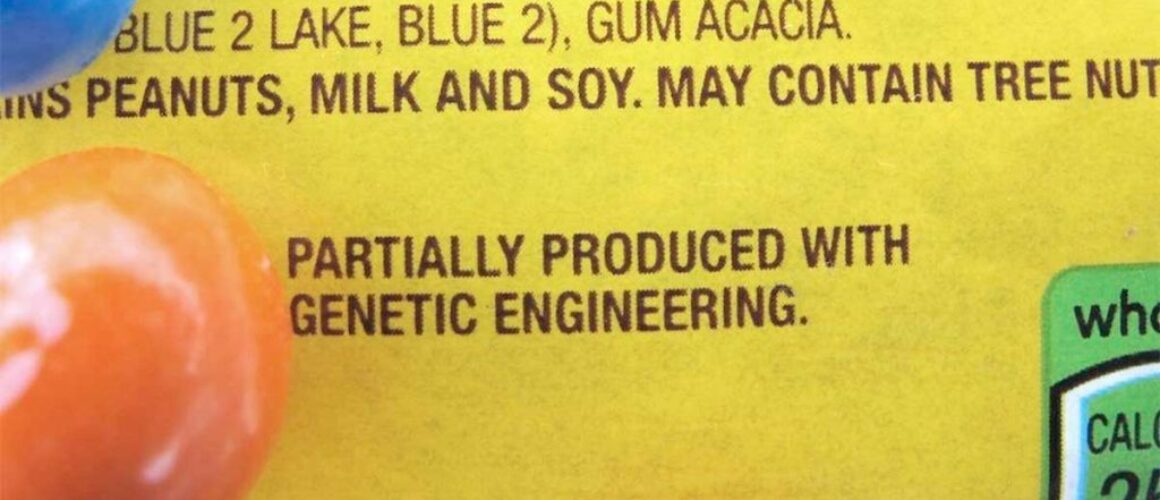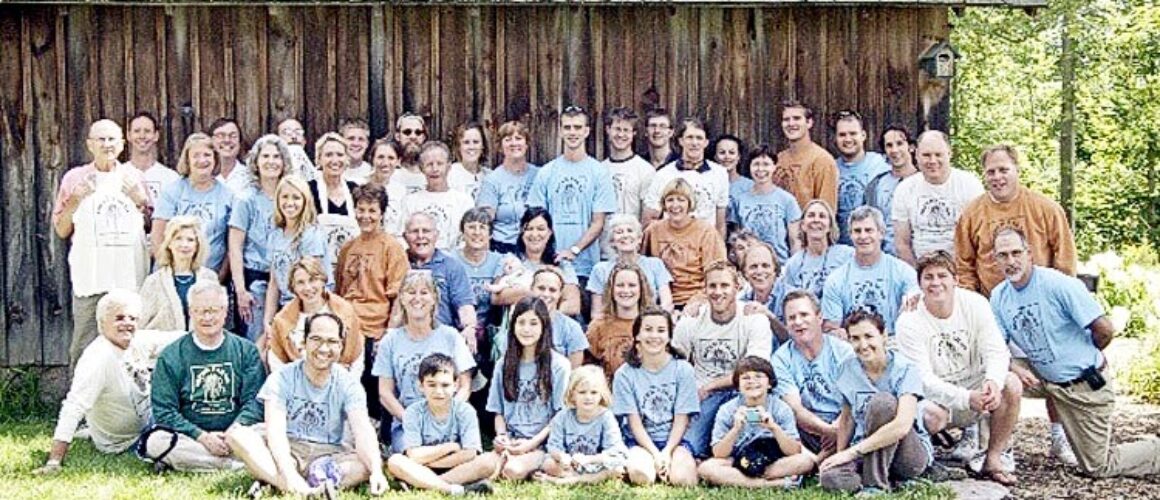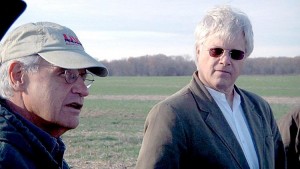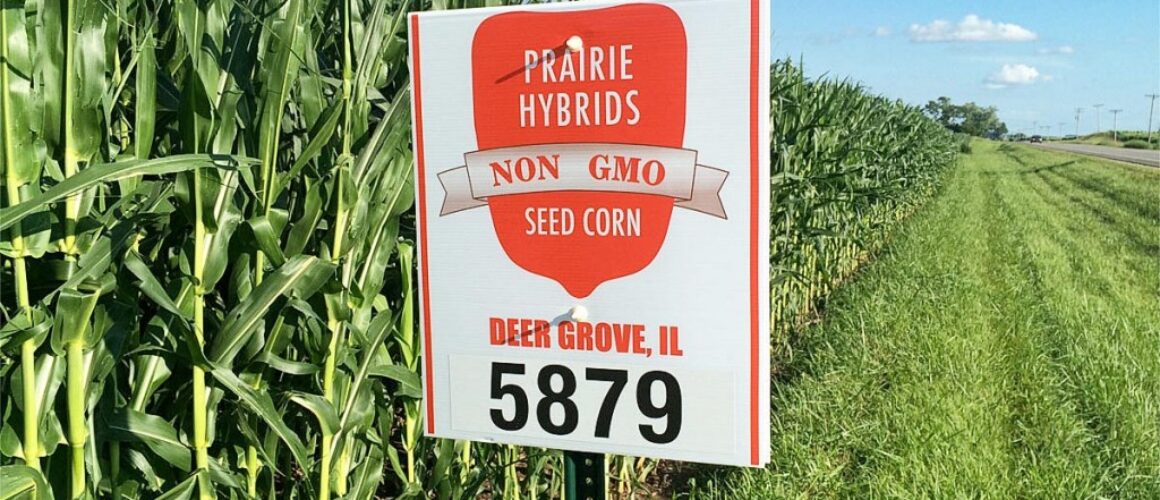New GMO Technologies Represent Major Challenges to Non-GMO Supply Chain and Certification
Originally published at the Non-GMO Report by Ken Roseboro.
New genetic engineering technologies such as CRISPR gene editing, RNA interference (RNAi), and synthetic biology are presenting major challenges to the non-GMO supply chain and certifiers, as some products developed using those technologies are entering the market claiming to be “non-transgenic” or even non-GMO.
Cibus used oligonucleotide mutagenesis (ODM), a gene editing process, to develop a canola variety that the company claims is non-transgenic. Conagen developed a “next-generation natural preservative” using synthetic biology and claims it is non-GMO. Calyxt developed a gene-edited high-oleic soybean that was grown this year, and the harvested crop will be processed at two non-GMO and organic processing facilities in Iowa, American Natural Processors and KemX Global. While Calyxt doesn’t claim that its soybean is non-GMO, the company issued a press release saying it had “received a letter from the U.S. Department of Agriculture confirming that the Company’s high-oleic soybean variety is non-regulated, as the product contains no foreign DNA.” A synthetic biology sweetener, EverSweet, developed by Cargill, was even certified non-GMO by NSF’s True North non-GMO program.
“Being misrepresented to the supply chain as non-GMO”
“One of the biggest concerns is that these products are being represented to the supply chain as non-GMO. These companies are really taking advantage of the fact that these products are not transgenic and equating that with being non-GMO,” says Megan Westgate, executive director of the Non-GMO Project. “But they have been developed using genetic engineering techniques and they are GMOs.”
This muddying the waters of what is non-GMO creates challenges for food manufacturers who may not be aware that some ingredients were developed using new genetic engineering techniques.
“The lack of transparency coming from purveyors of these new techniques has put food companies in a vulnerable position. Getting out in front of this new dynamic has also created a strategic challenge for us,” Westgate says. “How do we help protect the supply chain so that people are not misled?”
To prevent misrepresentations of new GMOs as non-GMO, the Non-GMO Project requires that suppliers fill out affidavits that include a list of techniques that are prohibited in non-GMO verification. These include gene editing, synthetic biology, and RNAi.
“We are not just looking for them to say it is non-GMO,” Westgate says. “We are looking for someone with sufficient knowledge of the supply chain to attest that none of these techniques have been used.”
Westgate emphasizes that these so-called “GMO 2.0” technologies are genetic engineering.
“Gene editing still involves transgenics. They still use soil bacteria, to get the DNA into the nucleus of the host plant. It’s just that it is not there in the finished product. They have used genetic engineering to develop them. There is no possible way they can be non-GMO.”
The European Union Court of Justice has also ruled that products developed using gene editing should be subject to GMO regulations.
NSF’s True North non-GMO standard also prohibits gene editing and other new GMO technologies. “Gene editing and synthetic biology meet the definition of ‘genetic engineering’ under NSF’s Non-GMO protocol and are therefore not allowed, except in limited circumstances such as when enzymes are used as processing aids and are not present in the finished product,” says Steve Taormina, business unit manager for NSF International’s Consumer Values Verified Program
The Non-GMO Project does not allow such exceptions, considering products such as enzymes made using GMO microorganisms as GMO even if they are not found in the final product. This led to the Non-GMO Project objecting to NSF’s non-GMO certification of Cargill’s EverSweet sweetener made using a GMO yeast.
“If something is created using a fermentation microorganism, and if that microorganism is genetically engineered, then the product that it makes is genetically engineered,” Westgate says.
Taormina says NSF welcomes input on its non-GMO standard. “As with all standards, NSF’s Non-GMO True North certification program continues to evolve with science and technology. This certification program is currently under review, and we welcome additional key stakeholders—users, regulators, industry, and academia—to participate and provide their perspectives as part of the stakeholder review group.”
“Trying to distance themselves from consumer rejection of GMOs”
New GMO companies don’t want their products called GMO or genetically engineered because of negative consumer perceptions of the technology.
“We definitely see a huge trend of these new GMO companies trying to distance themselves from the consumer rejection of GMOs by basically saying that their products are not GMO,” Westgate says.
One of the challenges with products made from new GMO techniques is that they aren’t regulated by the government. As with Calyxt gene-edited soybean, the USDA considers these products “unregulated” so they can enter the market much faster than older GMOs, which must go through a regulatory process that can take several years.
To track all the products being developed using these new technologies, the Non-GMO Project employs a full-time research team. A research analyst says there are some 80 products she monitors along with 250 companies involved in genetic engineering, from “older” transgenic technologies to the newer techniques.
The research analyst finds new companies and products all the time, and this is likely to continue. “We can expect a significant increase in the quantity and range of biotechnology products over the next 5 to 10 years,” the analyst says.
But while new GMOs are entering the market, they still represent just a small segment of the GMO industry. “In the big picture, it is still the case that almost all GMOs are transgenic crops that are developed to be herbicide tolerant,” Westgate says.
Education is another key to dealing with threats posed by new GMO technologies to the non-GMO supply chain, particularly for the food industry and consumers.
“It is important to get that baseline understanding established, especially in the food industry, for people to understand how dishonest and unscientific it is when companies say that these things are not GMO,” Westgate says.
One of the biggest challenges is the fact that there are no tests to detect new GMO products developed using gene editing and synthetic biology. But that will change soon.
“There is really good progress being made with developments in being able to test for these things. We do expect that within the next couple of years most of these new GMOs will be testable, and as soon as there are quantitative tests for them we will be requiring those,” Westgate says


 Biotech proponents’ claims that the debate over the safety of genetically modified foods is settled is wrong, according to Sheldon Krimsky, co-editor of the new book, The GMO Deception: What You Need to Know about the Food, Corporations, and Government Agencies Putting Our Families and Our Environment at Risk.
Biotech proponents’ claims that the debate over the safety of genetically modified foods is settled is wrong, according to Sheldon Krimsky, co-editor of the new book, The GMO Deception: What You Need to Know about the Food, Corporations, and Government Agencies Putting Our Families and Our Environment at Risk.







